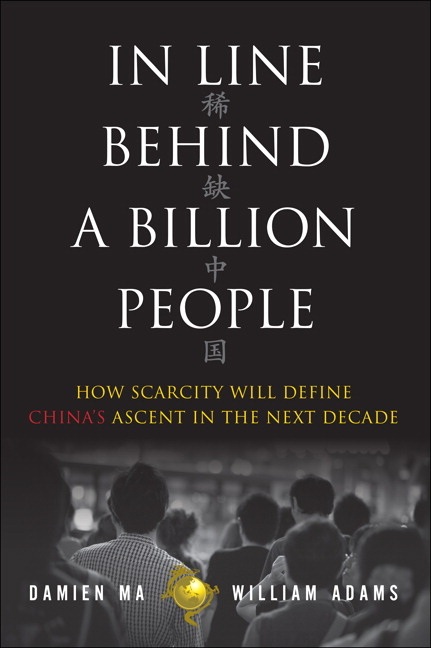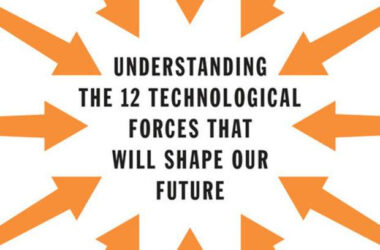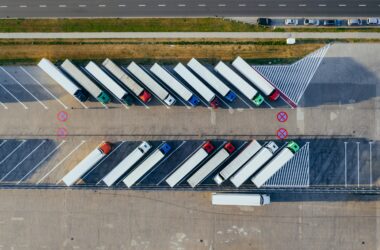China’s economy just officially overtook the United States as the biggest economy in the world1. Most saw this passing of the torch as an inevitability; the Chinese government has been laser focused on economic growth, and it has been able to leverage its populous workplace to shift upwards in the world economy much faster than other, comparable developing countries. It’s an impressive accomplishment by any standard.
In Line Behind a Billion People is a study on how China got here, and the practical problems that it faces coming from both the speed and ferociousness of its ascent. The book earnestly looks at the factors that are fueling the growth of the economy – the history, the culture, the economic maneuvering performed by the government – without necessarily falling into the negative bias and schadenfreude pervasive in western media.
The main theme of the book is scarcity, as its population is both China’s greatest resource and most acute management challenge:
- Pollution plaguing its cities;
- An overwhelmed medical system;
- Inequality in social services;
- A growing middle class’s search for meaning beyond material wealth;
In Line registers these as current and future problems for the country, but in a way that provides the full context for their evolutions, and illustrates the nuance brought on by Chinese culture and lifestyle in comparison to western norms. The book highlights many of the public policy decisions that created these tradeoffs for the Chinese people, the multi-faceted aspects and complications that extend beyond simply wealth creation.
The one idea I found fascinating was the description of China’s present demographics, and how it compares to problems faced by other rich countries. Japan’s famously low birth rate has caused a shift in demographics that will become a mainline issue for Japanese society for decades to come; succinctly put, there won’t be enough people working to support those who cannot. China’s problem stems from generations of its One Child Policy and a similar type of demographic shift, and is further exacerbated by cultural biases towards male children, in addition to the cultural expectations of elder care by the family. For most rural residents who’ve had to find work in cities, the reality is that they’re not even in physical proximity to provide any care beyond sending salaries back to their families.
I found In Line to be an immensely insightful and timely read. It’s a more balanced account of both the triumph of Chinese policy and the real challenges that China will continue to face on many levels, social and economic and even political. I appreciate the extra effort the authors make in explaining the genesis of current conditions and why they matter, in the context of common citizens, though occasionally sensationalizing extreme cases. In Line is a great resource to understanding modern-day China.
Though the accuracy of that milestone has been disputed.↩




